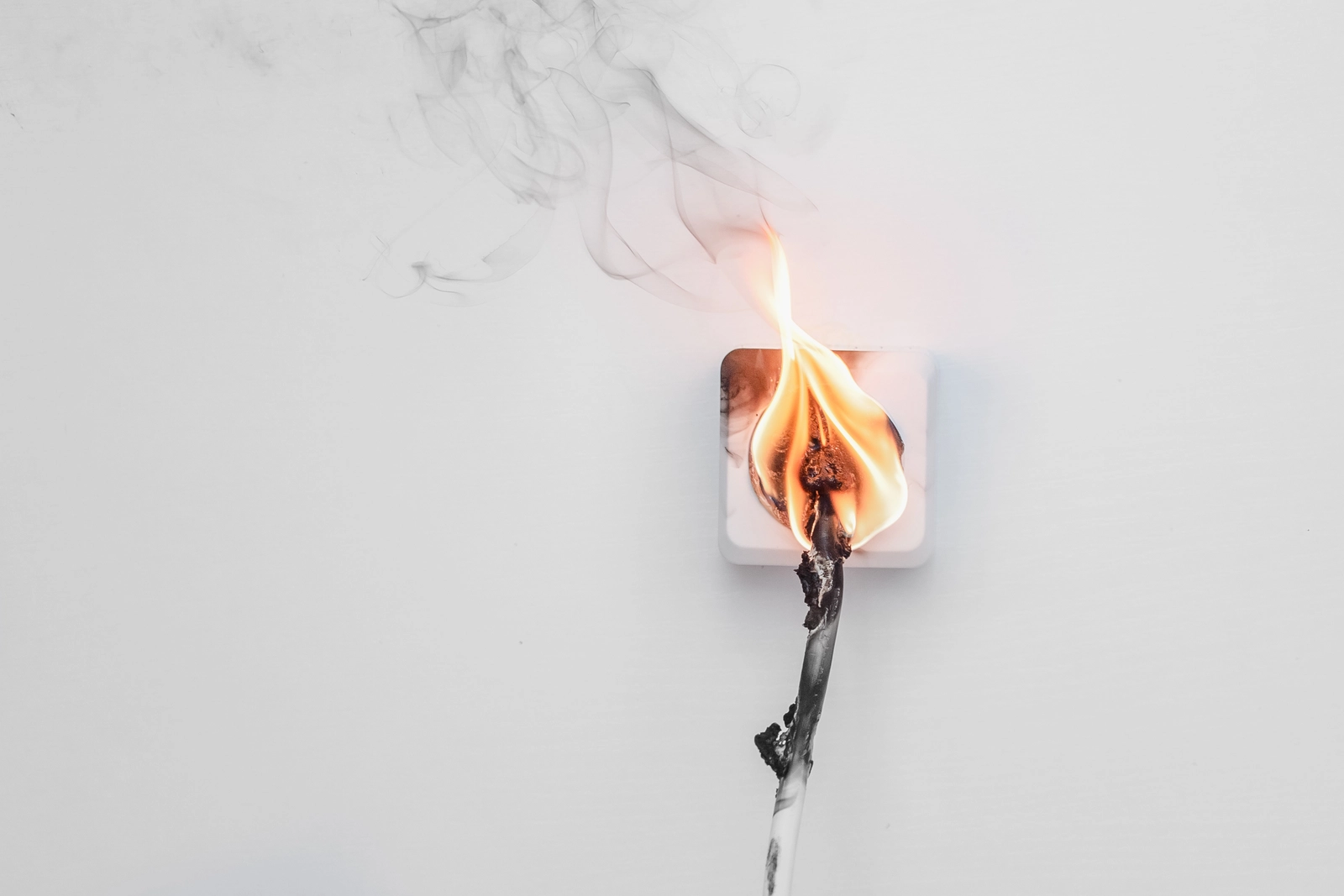The Buzz on Dry Star Restoration
Wiki Article
Things about Dry Star Restoration
Table of ContentsThe Buzz on Dry Star RestorationWhat Does Dry Star Restoration Mean?Dry Star Restoration for DummiesNot known Facts About Dry Star RestorationThe 25-Second Trick For Dry Star Restoration
Especially in winter, home heaters are a common fire threat. Damaged wiring or positioning heating systems as well close to flammable materials like curtains can ignite a fire.
Products like electric motor oil or cleaning fluids can ignite under particular problems. Constantly store these things correctly and far from warmth resources. water damage restoration company near me. Data: According to the National Fire Protection Association, home chemicals are liable for a noteworthy portion of home fires yearly. By recognizing these common causes, you can take steps to make your home more secure.
More About Dry Star Restoration

Key concerns include: Water Invasion: Water can leak right into wall surfaces, floorings, and furniture. This can compromise the architectural honesty of your home. Build Development: If water is moist quickly, mold can start to expand within 24-48 hours. Mold and mildew can trigger wellness concerns and further damages to your residential or commercial property. Structural Weakening: Water can deteriorate wood frameworks and trigger steel components to corrosion, making your home hazardous.
Next off, we will dive into the actions involved in the fire damages repair process. Fire repair is the procedure of cleansing, fixing, and bring back a residential property that has been harmed by fire.
The Facts About Dry Star Restoration Revealed
Particles Elimination and Demolition: Harmed products are securely eliminated, and any kind of hazardous compounds like asbestos are handled properly. Fire damage includes several types of damage to a residential or commercial property: Physical Damage: This includes charring, smudging, and fragmentation of products directly affected by the fire.
Water Damages: Water utilized to extinguish the fire can lead to structural weakening and mold development otherwise appropriately handled. Fire remediation experts utilize specialized methods and equipment to address all these sorts of damages, ensuring the residential property is risk-free and livable once more. Next off, we will study the actions entailed in the fire damage restoration procedure.
From advanced water removal devices to specialized tools for smoke and residue elimination, we have actually the resources required to restore your home to its pre-loss condition. Our methods are developed to be thorough and reliable, lessening additional damages and accelerating the recovery procedure. Our group includes licensed professionals who are specialists in fire damage reconstruction.
What Does Dry Star Restoration Do?
Their competence guarantees that every job is done right, providing you with comfort during a difficult time. If you need fire damages repair services, don't wait to contact us. We're below to help you restore your home and your life after the fire. Last modified on 15th of July 2024.
(https://letterboxd.com/dryst4rrstrtn/)If click to read there's a fire, smoke makes sure to adhere to. While the fire's smoke is composed of aspects that make your home harmful to be in, the damage smoke leaves doesn't quit there. Smoke will float to relatively every component of your home, sticking to furniture, style, curtains, walls, ceilings, floors, and more.
The water will certainly saturate right into the charred materials and spread to various other areas of the home untouched by the fire. If left uncontrolled or missed out on during fire damage restoration, the water damage will just get worse with time and can bring about mold and mildew growth, security issues for your home's framework, and undesirable looks around your room, including deformed floor covering, peeling off paint, and visible discolorations.
About Dry Star Restoration
Water mitigation is usually the initial step of the fire, smoke, and water damage restoration procedure after a damage control has actually been finished. This resolves the water damage head-on and includes actions to prevent additional problems for your area prior to, throughout, and after restoration. Assessment and damage control to evaluate the level of water damageIsolation of water damages to influenced areas to forbid water from infecting completely dry areasInspection of your home's foundation for structural stabilityExtraction of any standing water from the propertyStructural drying out with commercial-grade equipmentSite cleanup that will certainly clear away particles, pack out salvageable content for restoration, and make way for repair servicesWe'll additionally finish additional damage reduction by boarding up damaged doors and windows, applying tarpaulins to openings in roofings, and finishing various other steps to stop added damage and hazards to your home while the repairs are happening.Many terms and summaries used by water and fire damage repair professionals are relatively obvious. The checklist of terms below ought to be of aid when you're interacting with the firm you've hired. Any type of activity taken to stop the development and dispersing of fungi, mold and mildew, mold, and spores. This can include using solvents or chemicals as additives or barriers on building products to stop fungus growth.
Report this wiki page